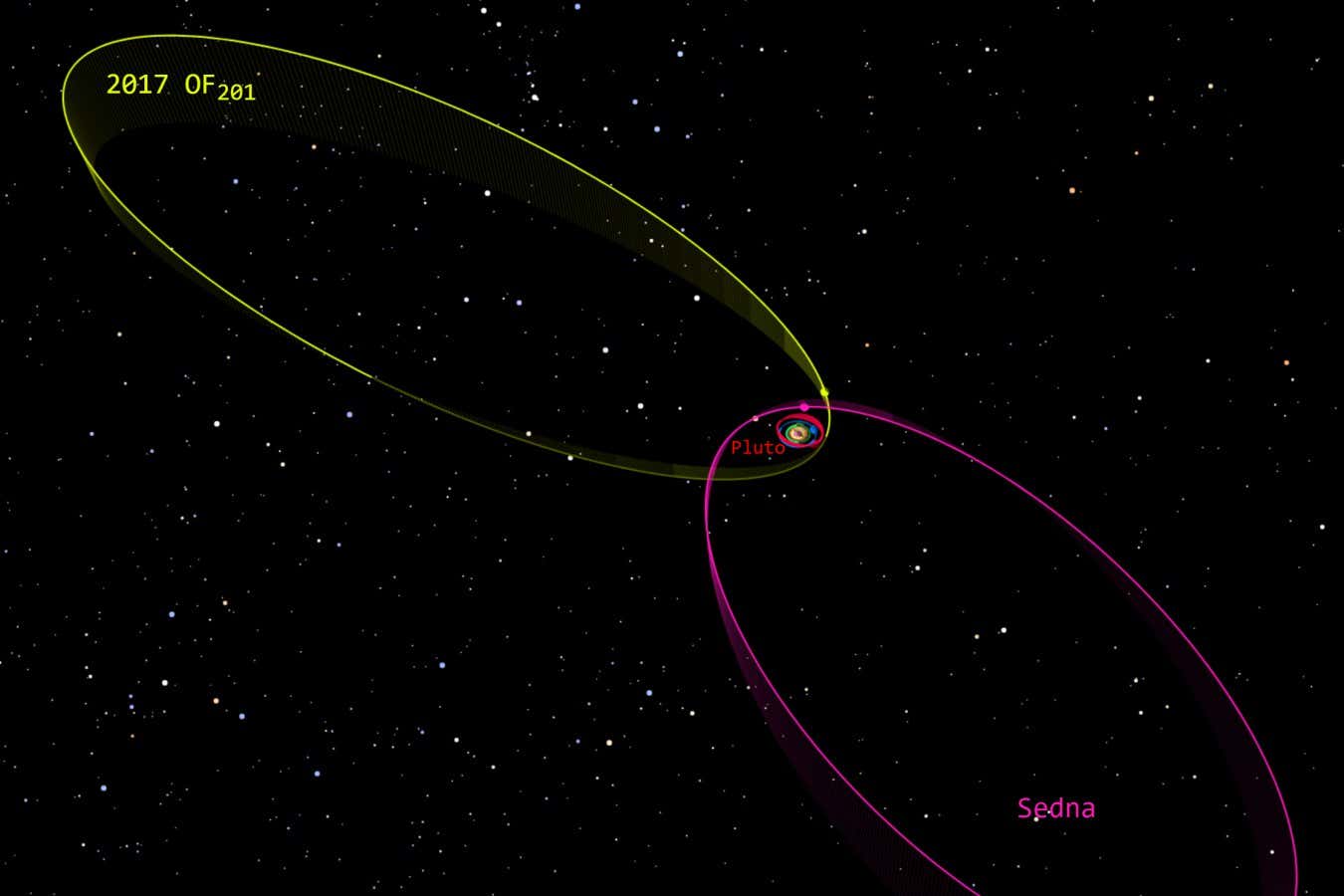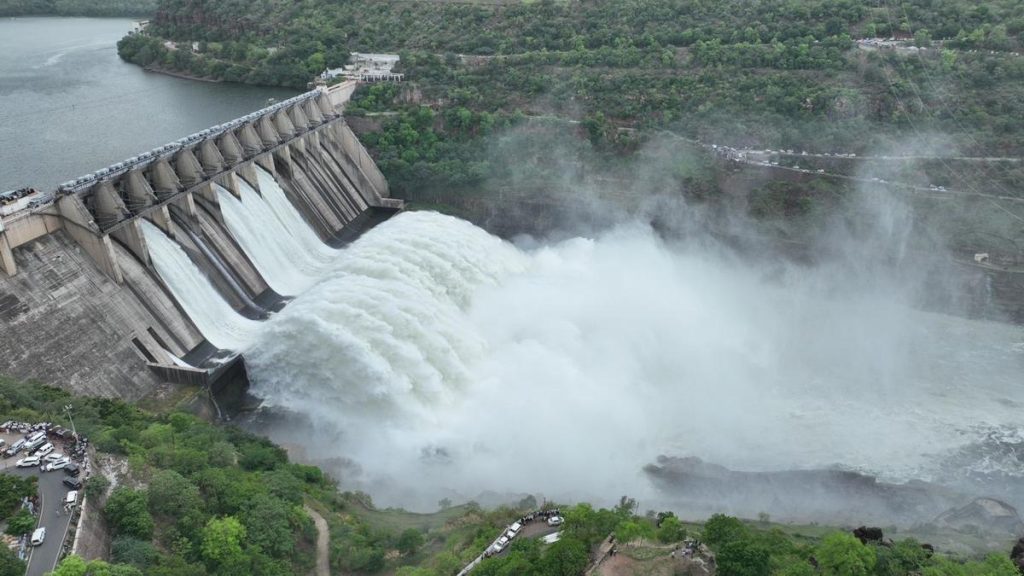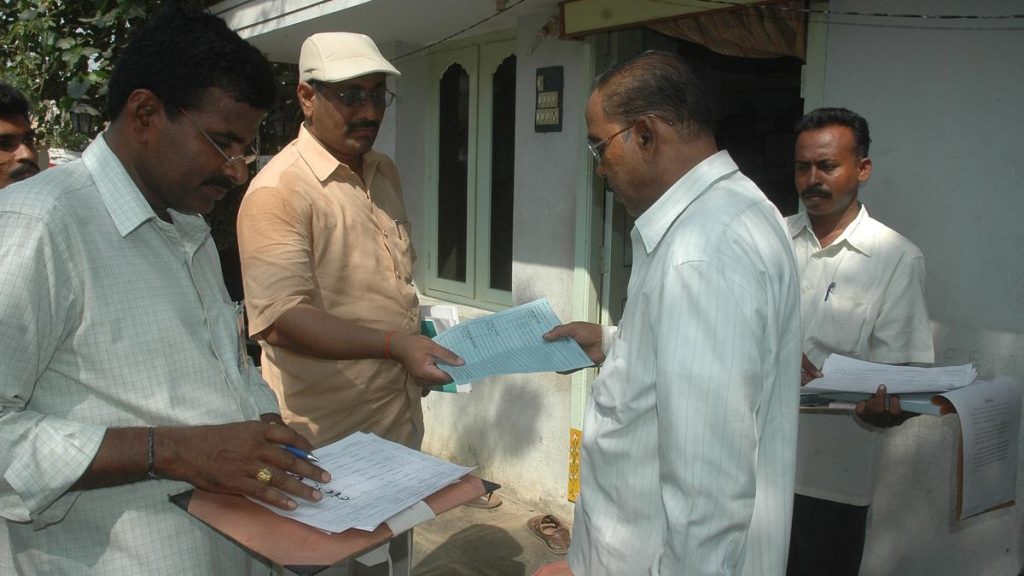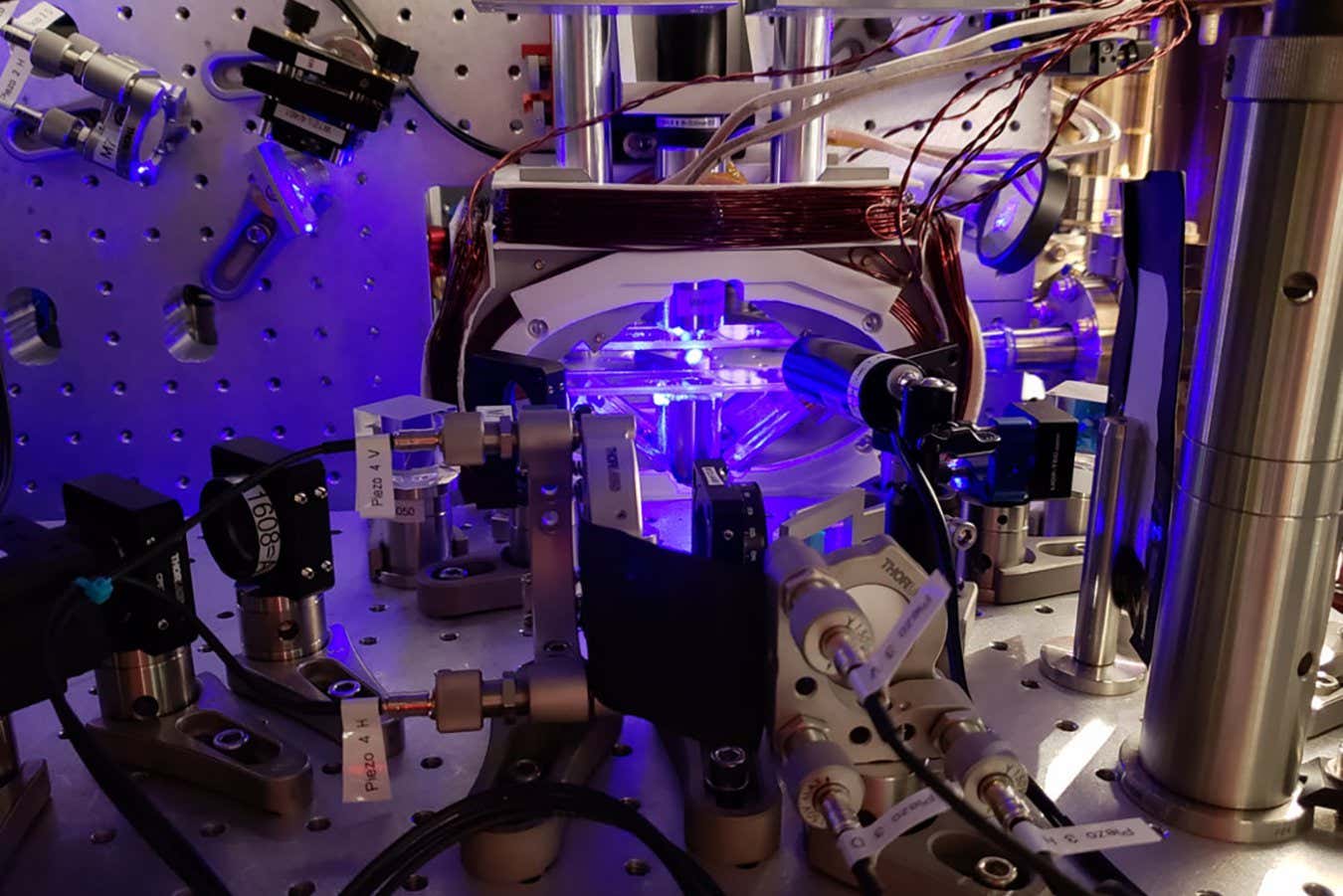Now Reading: Dwarf Planet Discovered at Solar System’s Edge
-
01
Dwarf Planet Discovered at Solar System’s Edge
Dwarf Planet Discovered at Solar System’s Edge

Swift Summary
- A potential dwarf planet named 2017 OF201 has been discovered in the outer reaches of the solar system, roughly 90.5 astronomical units (AU) from Earth.
- Detected by Sihao Cheng and colleagues at the Institute for Advanced Study using data from the Victor M. Blanco Telescope in Chile, it is about 700 kilometers across and qualifies as a dwarf planet similar to Pluto.
- Its orbit classifies it as a trans-Neptunian object (TNO), passing through the Kuiper belt and extending to a maximum distance of 1600 AU beyond Pluto’s orbit.
- Researchers suggest its far-flung orbit may have resulted from an interaction with a giant planet that ejected it outward.
- The object’s orbital characteristics don’t align with patterns supporting the existence of Planet 9 (or planet X), which was theorized due to clustering in TNOs’ orbits. simulations show its orbit might remain stable without such influence but gets ejected if Planet X exists.
- It takes approximately 25,000 years to complete one full orbit around the sun, spending only about 1% close enough for detection by current instruments due to its faintness and unique trajectory.
- The upcoming Vera C. Rubin Observatory promises deeper exploration into space and potential identification of additional similar objects.
!1102540808-scaled.jpg”>Chile – Astronomical Highlights
Indian Opinion Analysis
The discovery of 2017 OF201 highlights advancements in astronomy led by international collaborations like those involving Chile’s cutting-edge telescopes. While this is significant globally, India should take note as it actively builds research ties with scientific hubs like Princeton; these types of discoveries underscore why investments into specialized observatories within India-such as those operated under ISRO-are vital.Additionally, India’s emerging space sector can collaborate on missions targeting deep-space exploration or visibility technologies akin to what will be utilized at Vera C. Rubin Observatory. Findings challenging theories like Planet X also encourage Indian researchers pursuing astrophysics studies abroad to contribute through simulations or large-scale modeling efforts back home.
While not directly connected today, partnerships between India’s scientific community and global initiatives could put India closer toward understanding cosmic phenomena critical for advancing aerospace technology domestically.

























